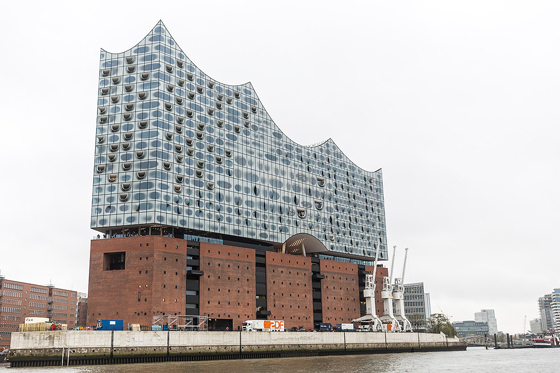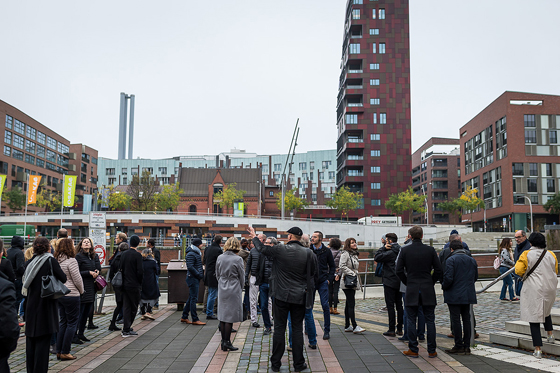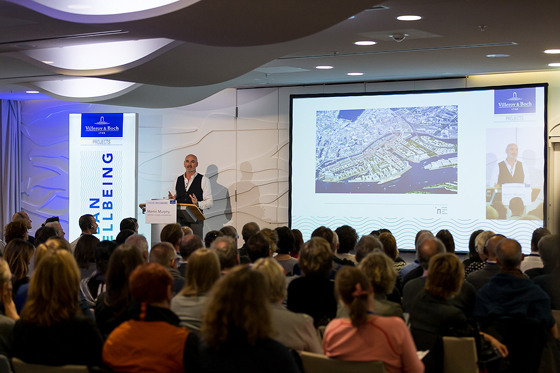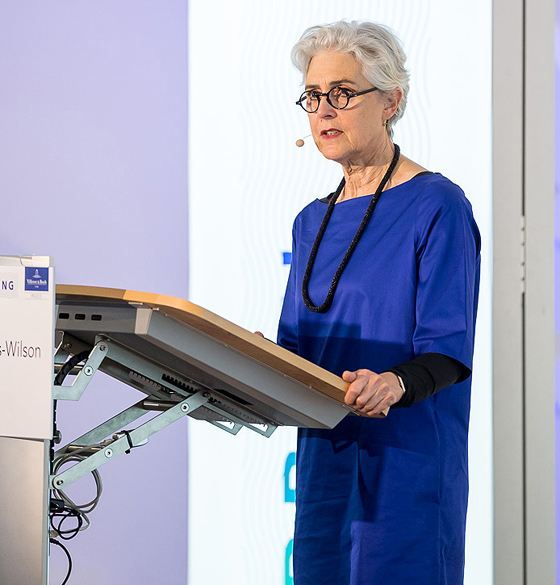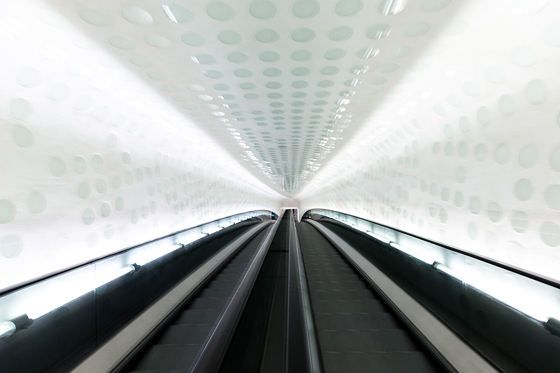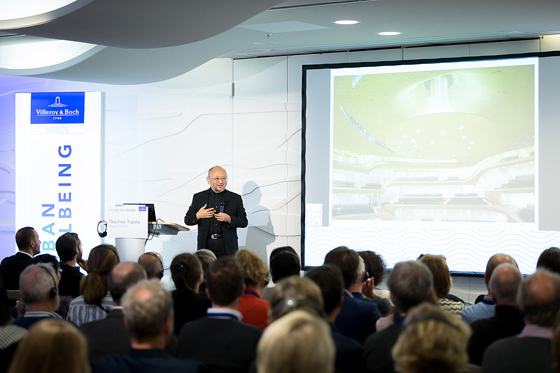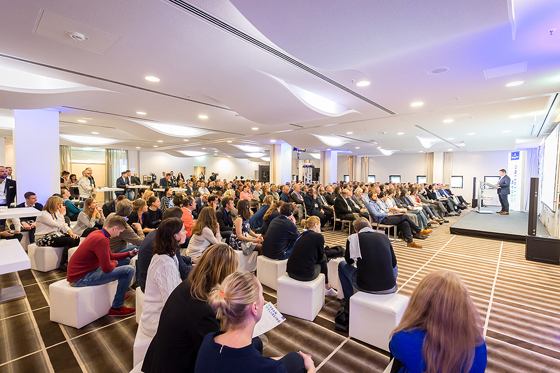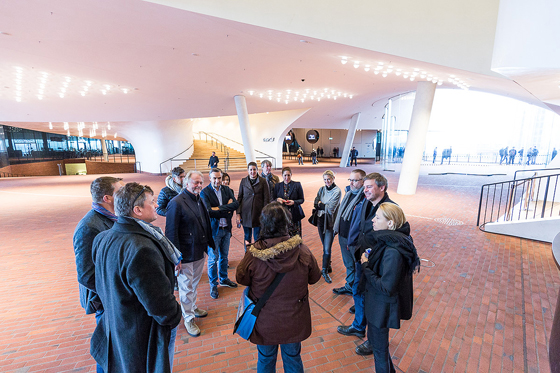Urban wellbeing: rethinking interior design
Texte par Villeroy & Boch
Mettlach, Allemagne
13.11.17
Hamburg shows what a city can do. Combining a fast-moving urban lifestyle with the greatest comfort in the privacy of one’s home is the key to the success of urban development concepts. At the Urban Wellbeing conference for planners, architects and interior designers on 24 October 2017 at the Elbphilharmonie in Hamburg’s Hafencity, internationally renowned architects presented pioneering projects and innovative concepts for urban living design. The event was organised by Villeroy & Boch AG in cooperation with Heinze GmbH.
Following on from East meets West in Mettlach (2015) and The Future of Wellbeing in London (2016), Hamburg was the venue for the latest in the successful event series, this year with the title Urban Wellbeing. There couldn’t be a more appropriate place to discuss the design of urban living concepts than the Elbphilharmonie, the city’s new symbol of urban quality of life. More than 250 planners, architects and interior designers agreed and responded to the joint invitation by Villeroy & Boch and Heinze to exchange ideas within Europe’s largest inner-city urban development project.
Architectural stimulus was provided by internationally renowned planners, whose projects set standards for the design of a new urban lifestyle: Martin Murphy (Störmer, Murphy and Partners, Hamburg), Julia B. Bolles-Wilson (BOLLES+WILSON, Münster), Matthias Sauerbruch (Sauerbruch Hutton, Berlin) and Kees van Casteren (OMA, Rotterdam). The conference also included an exclusive guided tour of the Elbphilharmonie and a lecture by the reputed international acoustic specialist Yasuhisa Toyota (Tokyo).
From Hamburg to Rotterdam
After the conference had been opened by Jürgen Beining, sales manager for Europe, the Middle East and Africa from Villeroy & Boch’s Bathroom & Wellness Division, the high-calibre programme kicked off with a presentation by Martin Murphy from Störmer Murphy and Partners (Hamburg) on Intelligent Quarters, a new building project in the Elbtor section of Hamburg’s HafenCity. “Creating spaces in which to feel good sounds so simple,” said Murphy. “For us architects, however, it represents a great responsibility.”
Julia B. Bolles-Wilson (BOLLES+WILSON, Münster) followed on with the Cinnamon Tower and her concept of a Pin on the Piazza, a further innovative and responsible concept for urban living architecture – in terms not only of materiality and architectural form but also of location within the urban environment. “Architecture also means stability in a fast-moving era,” she concluded.
A similar conclusion was drawn by Matthias Sauerbruch (Sauerbruch Hutton, Berlin) in his presentation: “The city has always been a machine in which we create and make wellbeing possible.” An example of this creation of urban wellbeing is the Universal Design Quartier discussed by Sauerbruch in his presentation. The project by Büro Sauerbruch Hutton in Hamburg-Wilhelmsburg sets new standards for flexible, inclusive and sustainable urban living concepts.
The scene then moved from Hamburg to Rotterdam. Kees van Casteren from the internationally active Rotterdam office OMA presented high-end living in the tallest building complex in the Netherlands, the multifunctional De Rotterdam, a project offering forty-four floors of urban living space that has attracted worldwide attention. “We sought to design not only a timeless and modern building but also a piece of vertical urban architecture,” explained project manager van Casteren.
Exclusive tour of the Elbphilharmonie
Innovation and inspiration were also themes in the supporting programme, which gave a special insight into the architectural and design DNA of Hamburg’s latest symbol of urban quality of life. Conference participants were able to enjoy an exclusive tour of the concert house with inside information on the building’s sound architecture by the renowned acoustic specialist Yasuhisa Toyota (Tokyo). A final get-together offered an opportunity for participants and speakers to network and exchange ideas.
The interesting and high-calibre presentation programme and the possibility of looking behind the scenes in what is probably Hamburg’s most spectacular building made the conference a memorable event for all concerned.

